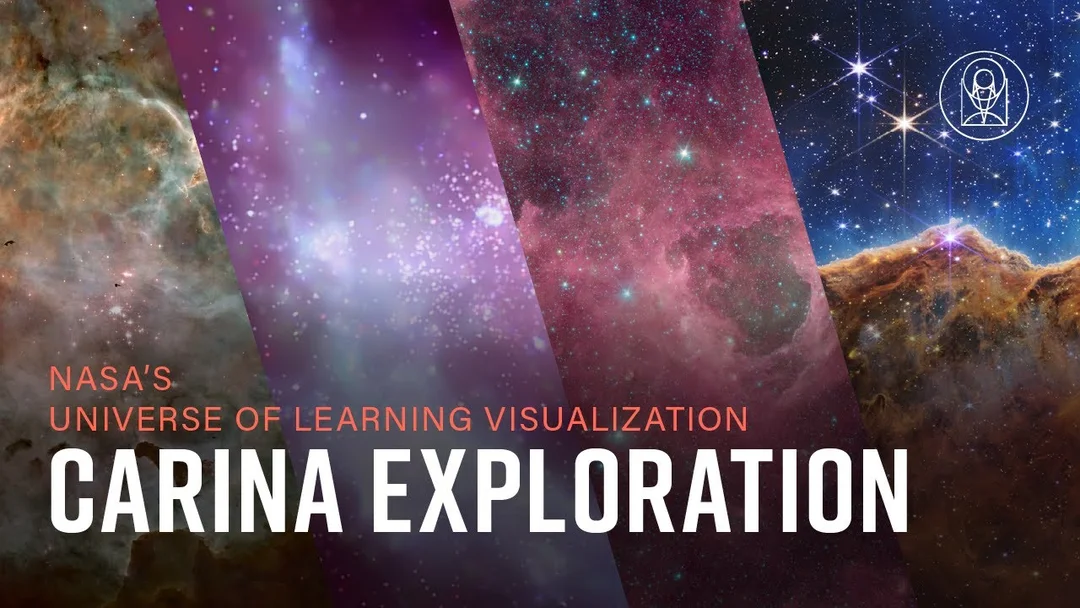
NASA’s Webb Telescope Turns Cosmic Cliffs into Stunning 3D Visualization
Remember the breathtaking Cosmic Cliffs image from NASA's James Webb Space Telescope that wowed the world back in July 2022? Now, NASA is breathing new life into that iconic view with a stunning 3D visualization, offering an even deeper understanding of this stellar nursery.
The visualization, created by NASA’s Universe of Learning and titled “Exploring the Cosmic Cliffs in 3D,” allows viewers to experience the landscape of "mountains" and "valleys" which is actually a portion of the nebula Gum 31, containing the young star cluster NGC 3324. Both are part of the vast Carina Nebula Complex.

According to NASA, ultraviolet light and stellar winds from the stars of NGC 3324 carved out a cavernous area within Gum 31. The “steam” rising from the “celestial mountains” is actually hot, ionized gas and dust streaming away from the nebula under intense ultraviolet radiation.
Frank Summers, principal visualization scientist at STScI and leader of the AstroViz Project, emphasized the importance of this new perspective: “Bringing this amazing Webb image to life helps the public to comprehend the three-dimensional structure inherent in the 2D image, and to develop a better mental model of the universe.”
This visualization is being presented at a special event hosted by the International Planetarium Society, commemorating the 100th anniversary of the first public planetarium in Munich, Germany. This aligns with the spirit of bringing the wonders of the universe to the public.
The James Webb Space Telescope continues to solve mysteries in our solar system, look beyond to distant worlds around other stars, and probe the structures and origins of our universe. This project from NASA’s Universe of Learning helps connect individuals to NASA science experts, and will promote a deeper understanding of our world and beyond.
What do you think of this 3D visualization? Share your thoughts and reactions in the comments below!